Planting potatoes in your fall garden can be one of the most rewarding seasonal gardening tasks. These hardy tubers thrive in cooler weather and, when timed correctly, can yield a bountiful harvest before winter sets in. Whether you’re a beginner gardener or someone expanding your backyard crops, understanding the right techniques and conditions makes all the difference. Built upon centuries of traditional growing knowledge and modern horticultural insights, these ten essential points will guide you through the process of planting potatoes successfully in the fall season.
1. Choosing the Right Potato Variety
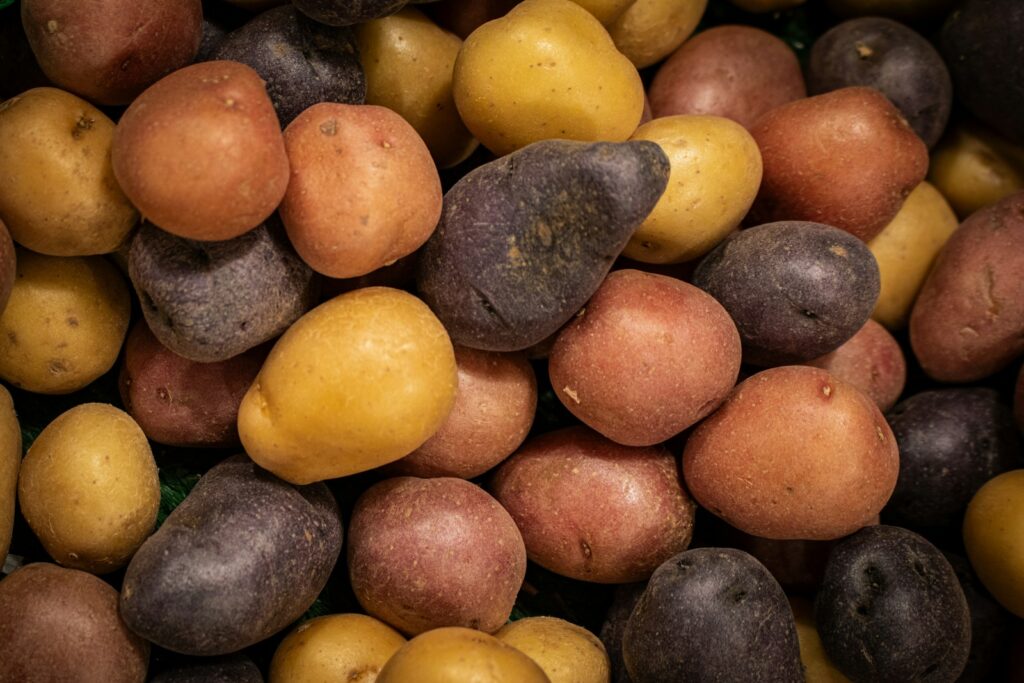
Selecting the correct variety is the foundation of a successful fall potato garden. Early-maturing varieties like Yukon Gold, Red Norland, or Irish Cobbler are best suited for fall because they grow quickly and mature before the first hard frost. Fall gardens, built around shorter daylight hours and cooler soil, benefit from these faster-growing types. Consider disease-resistant varieties to prevent blight and rot, which are more common during damp fall weather. Always buy certified seed potatoes instead of grocery-store ones, as they’re guaranteed to be free from harmful pathogens.
2. Timing Is Everything
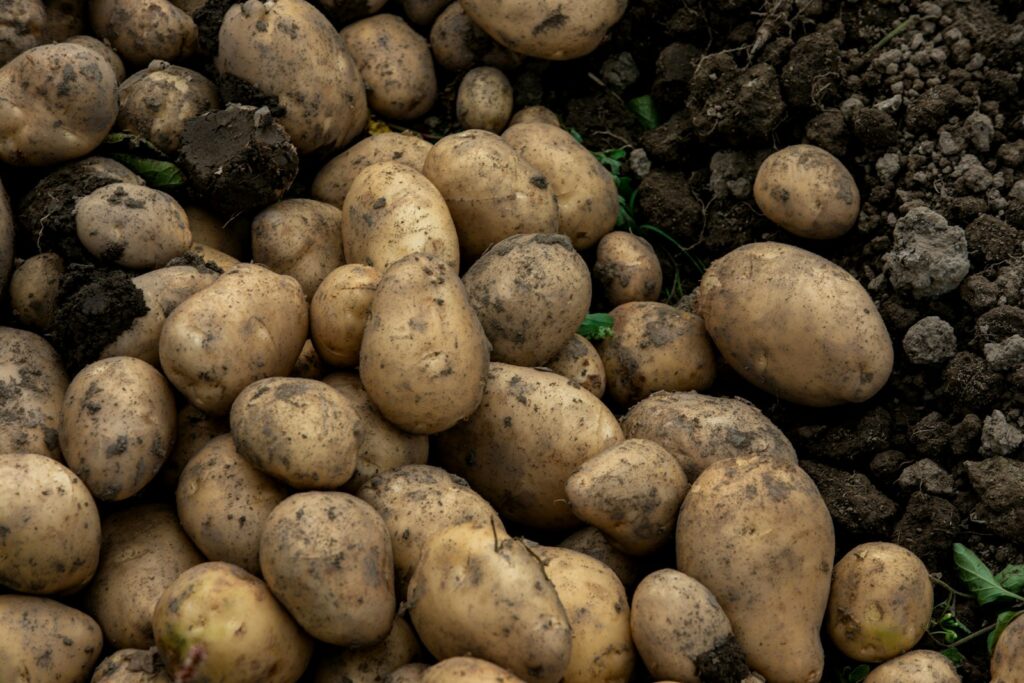
The timing for planting fall potatoes varies by region, but generally falls between late August and early October. The goal is to give the potatoes enough time to mature before the soil freezes. A good rule of thumb is to plant them about 10-12 weeks before your area’s first expected frost date. If your climate is mild, you can even harvest young “new potatoes” well into November. The timing ensures steady growth in cooler soil, which potatoes love, without the stress of intense summer heat that can cause stunted tubers or poor yields.
3. Preparing the Soil Properly
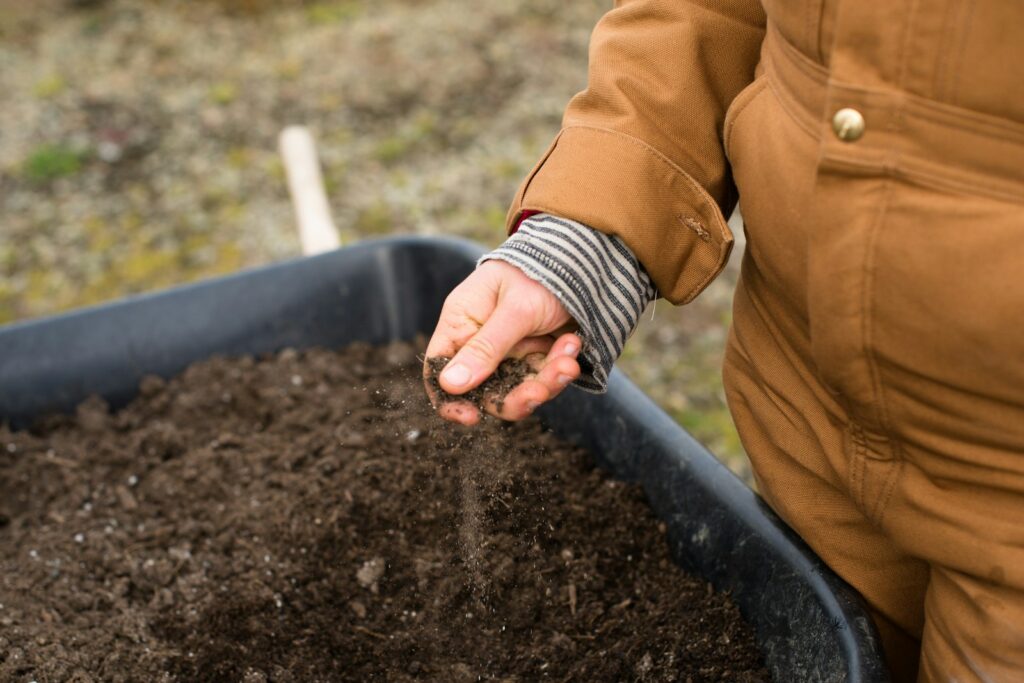
Potatoes need loose, well-drained soil to grow freely underground. Before planting, loosen the soil to a depth of about 10-12 inches and mix in compost or aged manure for added nutrients. The soil should be slightly acidic, ideally with a pH between 5.0 and 6.0, to discourage diseases like scab. Fall gardens built in raised beds or tilled rows offer excellent drainage, especially after heavy rain. Avoid clay-heavy soils that retain water, as they cause the potatoes to rot. A light, crumbly soil texture gives the developing tubers room to expand and form uniformly.
4. Cutting and Curing Seed Potatoes

Before planting, cut large seed potatoes into smaller chunks, each with one or two “eyes” or sprouts. Allow these pieces to air dry for 24-48 hours in a cool, shaded spot so the cut surfaces can form a protective callus. This step, often overlooked, prevents rot and promotes stronger early growth. When fall planting, curing is especially important because cooler, wetter conditions make unhealed cuts more vulnerable to decay. The practice has been used for generations and remains one of the simplest yet most effective ways to ensure a healthy start for your potato crop.
5. Understanding Depth and Spacing
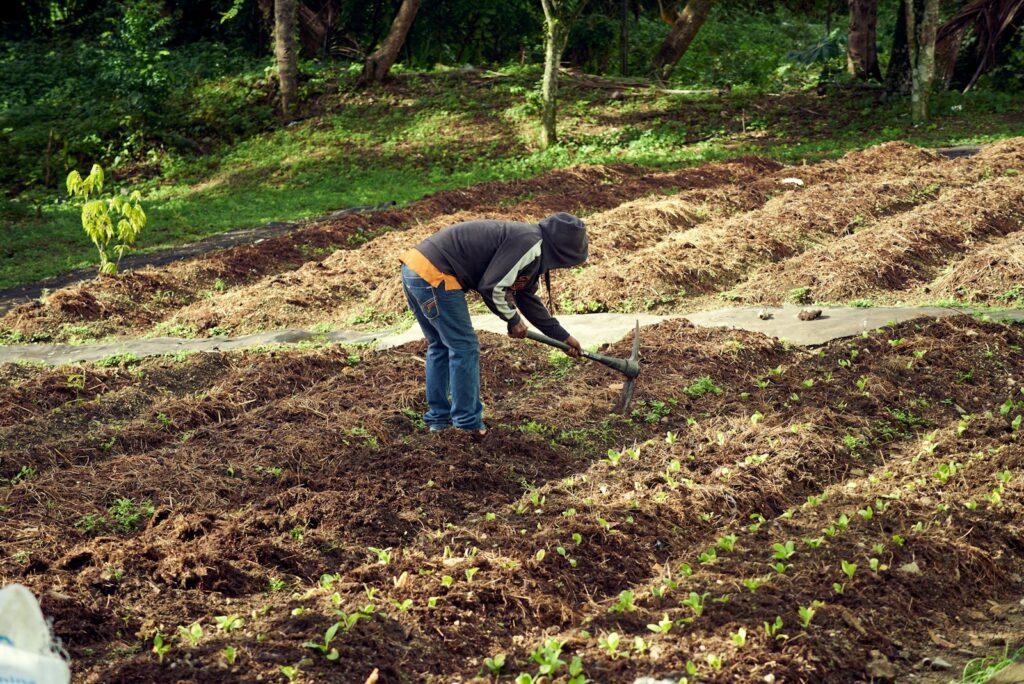
Planting depth and spacing directly influence potato size and yield. Dig trenches about 4 inches deep and space each seed piece 10-12 inches apart, with rows roughly 2 feet apart. As the plants grow, mound soil around their bases to protect the forming tubers from sunlight, which can turn them green and toxic. This process, known as “hilling,” also improves drainage and supports the stems. For fall gardens, maintaining proper spacing allows better airflow, reducing the chance of fungal diseases. Careful placement ensures every potato has enough room to develop properly before the cold sets in.
6. Managing Water and Moisture Levels
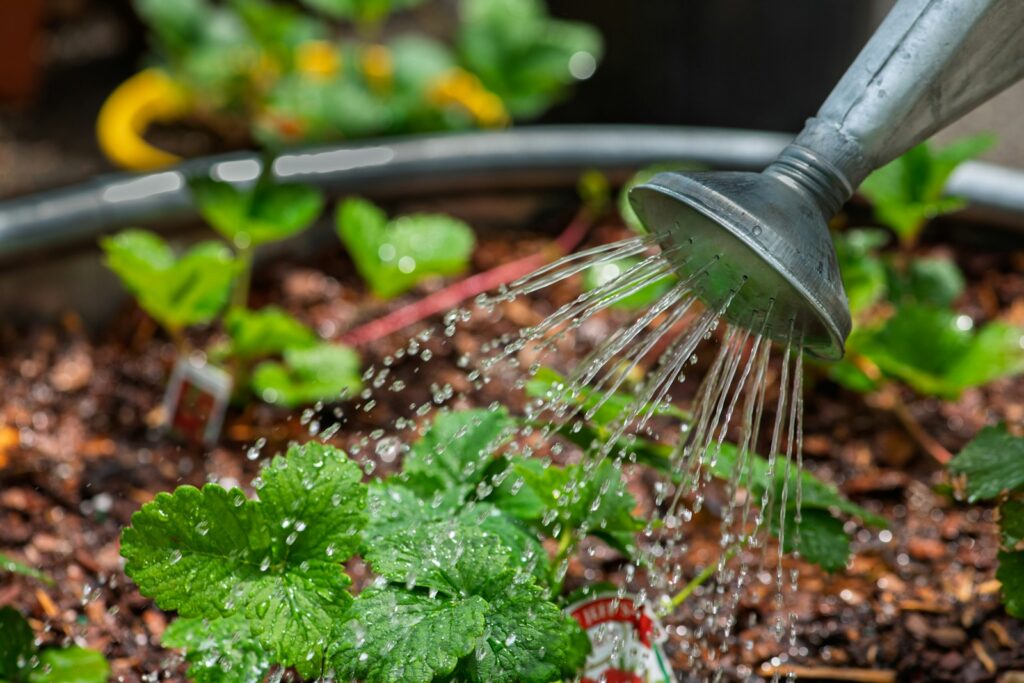
Potatoes thrive in evenly moist soil but do not tolerate waterlogging. During the fall season, rainfall patterns can vary widely, so it’s essential to adjust watering accordingly. Water deeply about once a week if the soil feels dry two inches below the surface. Mulching with straw or shredded leaves helps maintain consistent moisture while keeping the soil temperature stable. Fall gardens built with drip irrigation systems benefit greatly, as they prevent overhead moisture that can promote blight. The goal is to strike a perfect balance, keeping the soil damp but never soggy throughout the growing period.
7. Watching for Frost and Cold Protection
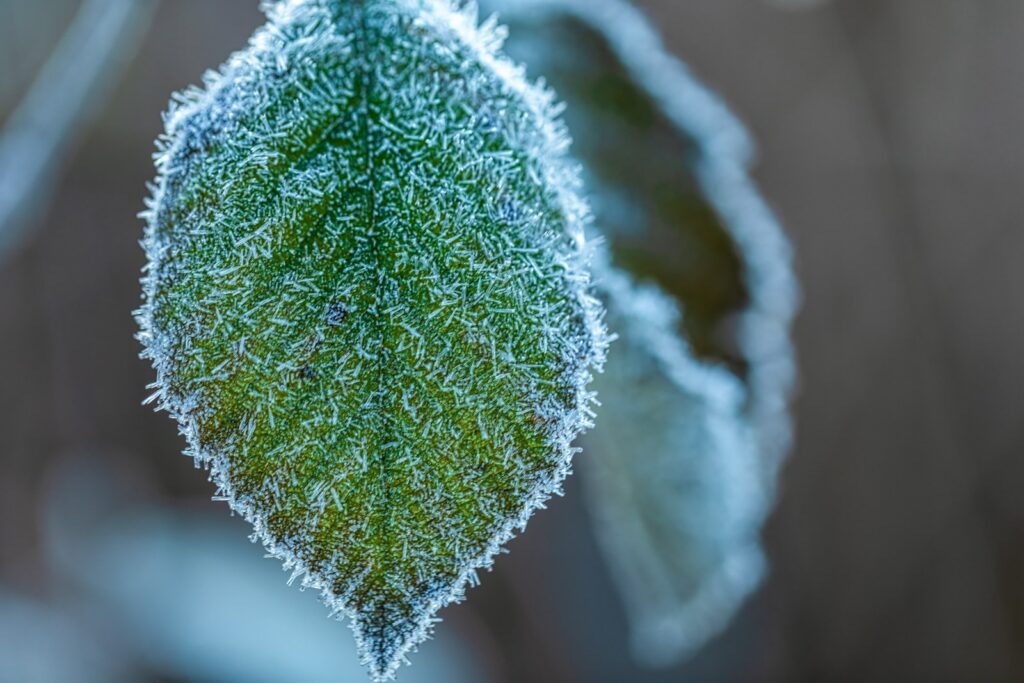
While potatoes enjoy cool temperatures, frost can be deadly to tender shoots. Keep an eye on local weather forecasts and be prepared to protect your plants. Cover rows with frost blankets, straw, or even old bed sheets on cold nights to trap warmth. In many regions, gardeners build simple low tunnels with plastic sheeting to extend the growing season. The key is ensuring tubers mature before the first hard freeze. If frost hits early, you can still harvest smaller potatoes rather than losing the entire crop. Proper protection ensures your fall effort isn’t wasted.
8. Dealing with Common Pests and Diseases
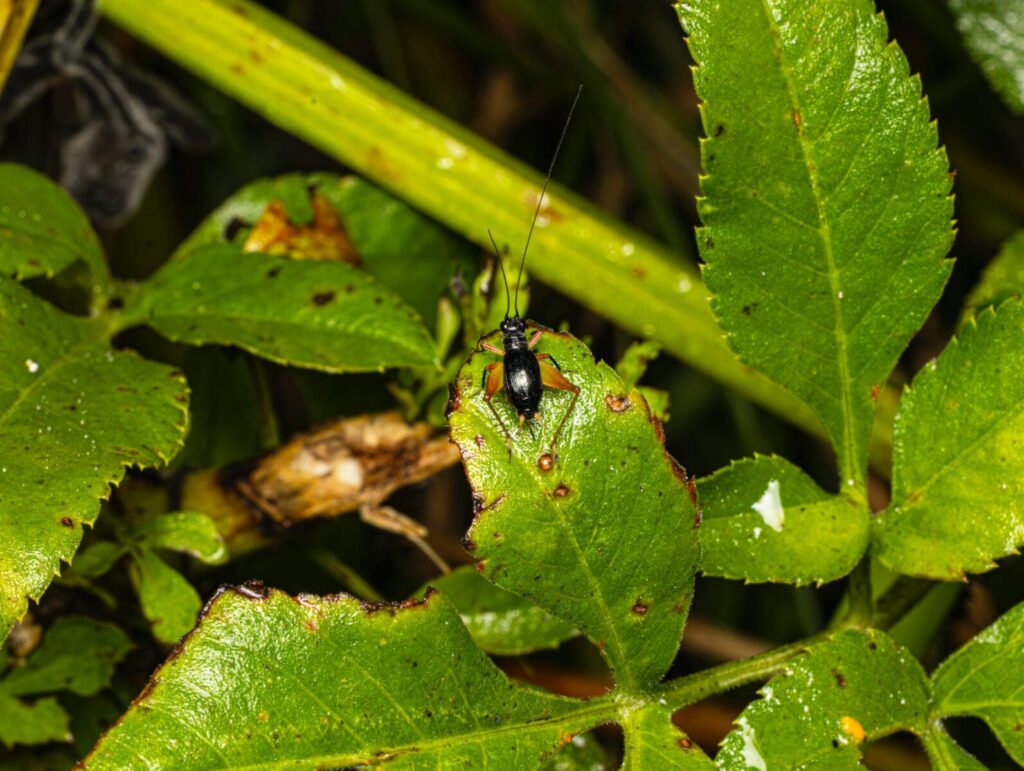
Even in fall, pests like aphids, wireworms, and potato beetles can appear, though often in smaller numbers than in summer. Regular inspection is vital to catch issues early. Fungal diseases such as late blight and blackleg can still develop in damp weather, so rotating your potato bed each year helps prevent buildup in the soil. Avoid watering at night to keep foliage dry. Beneficial insects, like ladybugs, naturally reduce pest populations. Maintaining healthy, aerated soil and using disease-resistant varieties form the best defense against common potato problems in fall gardens.
9. Harvesting at the Right Time
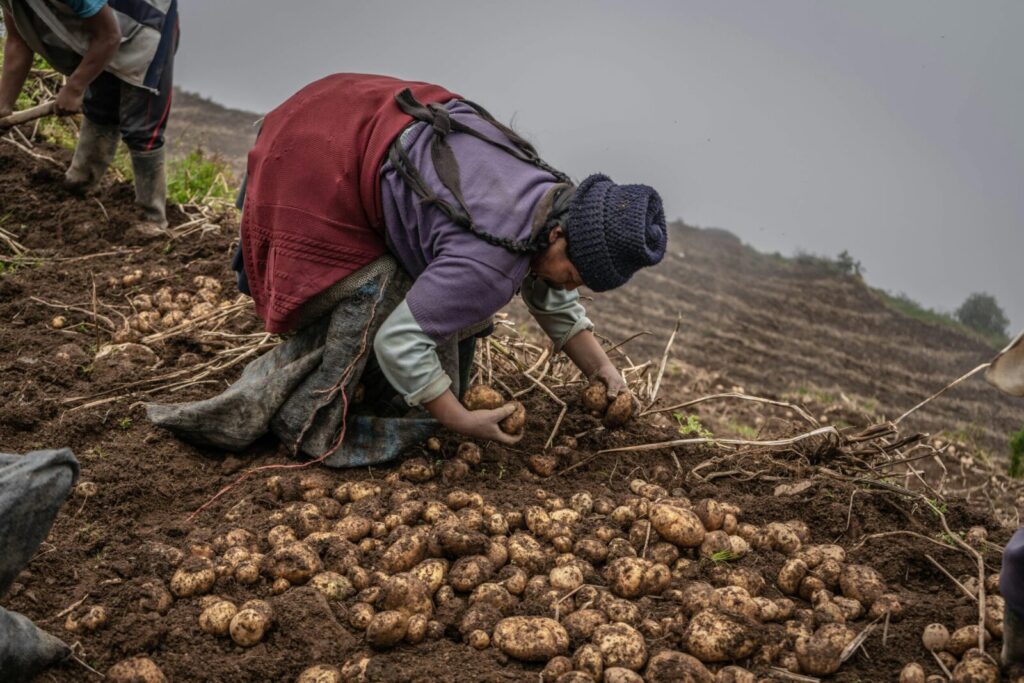
You’ll know your potatoes are ready when the foliage turns yellow and begins to die back, usually 10 to 12 weeks after planting. Gently loosen the soil with a garden fork to avoid damaging the tubers. Harvest on a dry day to prevent muddy skins, and let the potatoes air dry for several hours before storing them. Fall-harvested potatoes tend to be firmer and more flavorful due to the cooler growing temperatures. Handling them carefully ensures their thin skins don’t bruise, helping them last longer in storage through the winter months.
10. Storing for Long-Term Freshness

Proper storage determines how long your hard-earned harvest will last. Store fully cured potatoes in a cool, dark, and well-ventilated place, ideally between 40°F and 50°F (4°C-10°C). Avoid storing them in the refrigerator, as too much cold converts starch to sugar, affecting flavor. Burlap sacks, wooden crates, or ventilated boxes work best for air circulation. Built storage areas, like cellars or dark pantry shelves, are ideal. Check occasionally for soft or sprouting potatoes and remove them immediately. When stored correctly, fall potatoes can remain fresh and delicious for several months without losing their quality.
Comments